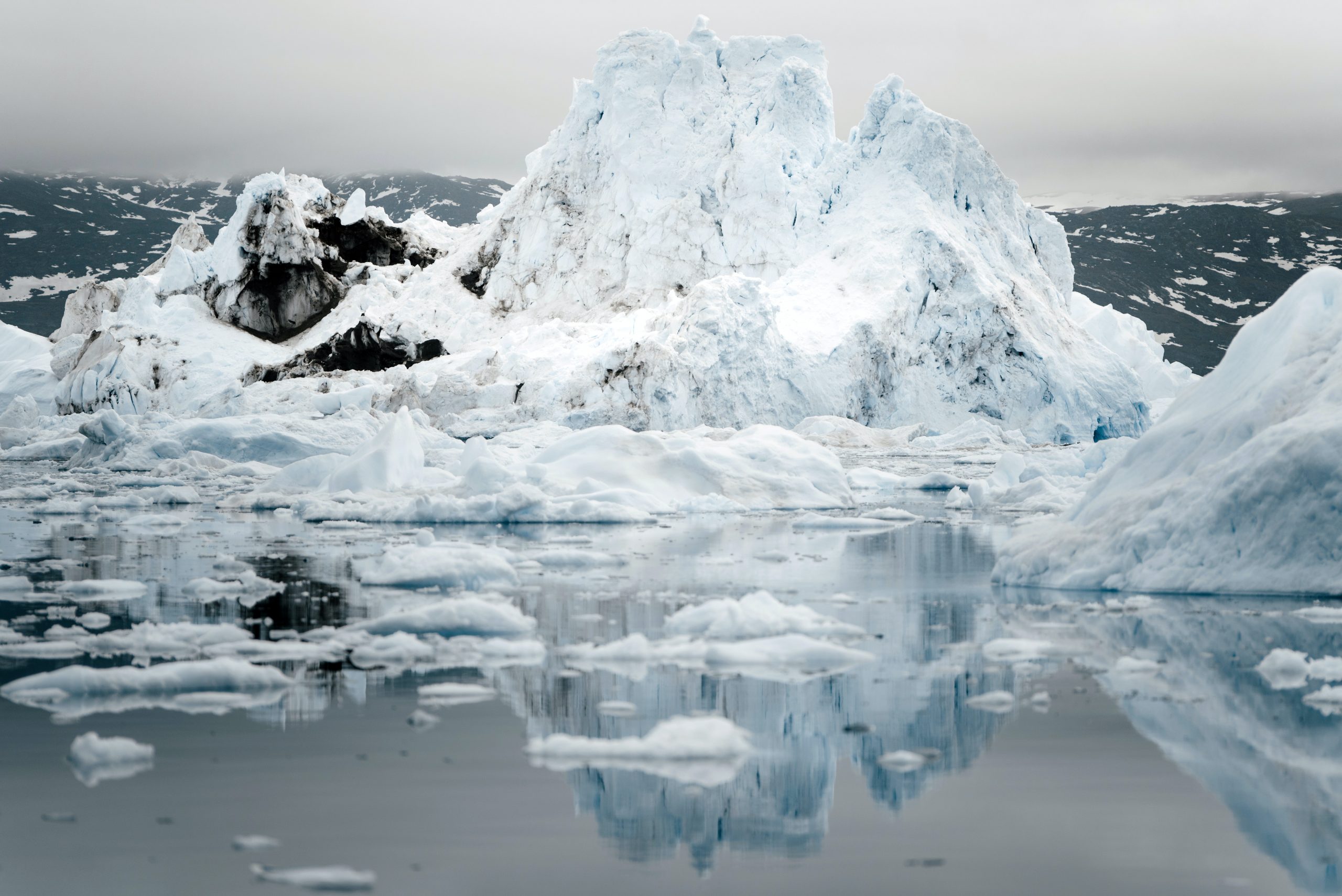Essays and Case Studies
7 Hypocrisy and The Seal Hunt
Hypocrisy & The Seal Hunt By Andrea Niosi

For decades, animal activists in Canada have petitioned and successfully influenced the Canadian government to limit, if not entirely halt, the commercial seal-hunting industries of the north. These efforts persist despite the fact that Canada’s seal population is healthy and abundant and the animals are neither an endangered or threatened species, as pointed out by scholars Aylan Couchie and Ian Mosby (2017). Meanwhile, in the rest of Canada, roughly two million cows, 20 million pigs, and 1.5 billion kilograms of broiler chickens (or roughly 550 million birds) are killed for consumption. Compare that to the roughly 70,000 seals that were killed as part of Canada’s commercial seal harvest in 2016 — and their population continues to grow steadily as it has for decades.
The seal hunt has a long history with European settlers, but an even longer one with the Inuit on whose traditional, ancestral, and current lands the hunt takes place. The well-being of Inuit communities is directly linked to their ability to hunt seal for personal consumption, commercial trade, and for the sealskin itself which is crafted into clothing and accessories for both personal and commercial purposes.
So what do animal-rights activists think is the solution? Keeping the seal hunt to Indigenous-only communities, of course. The problem with that kind of thinking is that it ignores the over 100 years of trade the Inuit have engaged in starting with the early European settlers. Lisa Charleyboy (2012), the blogger behind “Urban Native Girl” tells us that before 1983, the average income of Inuit hunters was approximately $54,000; after 1983, when the EU imposed a ban on certain seal skins, that number plummeted to $1,000.
It was at this point the most devastating impact of anti-seal hunting activities started to take its toll on the community whose livelihood depended on the commercialization of the hunt. Toronto Star journalist Azeezah Kanji (2017) reported about rising poverty levels in the north and their impact on communities: suicide rates skyrocketed and food insecurity developed as the leading issue in Nunavut where 70% of children live in households rated as food insecure.
For those who have yet to try it, seal meat taste “okay”, according to Stephen Marche (2014) of Esquire magazine. “Like an incredibly dense steak with absolutely no fat in it, but seal skin boots and gloves are lovely, beautifully warm, and waterproof. They’re perfect for the slushy, wet winters of, say, Brooklyn or Wicker Park or Portland’s Pearl District” (Marche, 2014).
The seal hunt presents many benefits to Inuit and non-Inuit alike:
- seals are growing in population
- seal-hunting is a traditional way of life for Inuit
- seal meat is consumed locally and sold in commercial markets
- seal skin is crafted into clothing for local and commercial markets
- poverty, suicide, and food insecurity has risen dramatically with the seal ban
- Household income has dropped dramatically due to the seal ban
- seal meat has no fat; seal skin products are warm and waterproof
In spite of the facts, Canadians are still more prone to siding with animal-rights activists than the Inuit, who continue to challenge the EU highest courts on reversing the seal hunt ban. One has to wonder, if the facts were widely known, could Canadians be persuaded to demand governments re-examine the seal hunt and promote the consumption of seal meat and seal skin products?
By Andrea Niosi
Media Attribution
- Image of melting ice berg surrounded by ice on a body of water by Marjorie Teo on Unsplash.
References
Charleboy, L. (2012, November 12). Seal skin ban hurts Inuit way of life. Lisa Charley Boy [Blog post]. http://www.lisacharleyboy.com/sealskinban/.
Couchie, A. and Mosby, I. (2017, October 12). Anti-seal hunt rhetoric ignores facts and suppresses Indigenous culture. The Globe and Mail. https://beta.theglobeandmail.com/opinion/anti-seal-hunt-rhetoric-borne-of-long-legacy-of-suppression-of-indigenous-food/article36565128/?ref=http://www.theglobeandmail.com&.
Kanji, A. (2014, October 19). Making a scapegoat out of seal meat. The Star. https://www.thestar.com/opinion/commentary/2017/10/19/making-a-scapegoat-out-of-seal-meat-kanji.html.
Marche, S. (2014, September 25). Proof you should be wearing seal skin boots. Esquire. https://www.esquire.com/entertainment/music/a30129/proof-you-should-wear-sealskin/.

